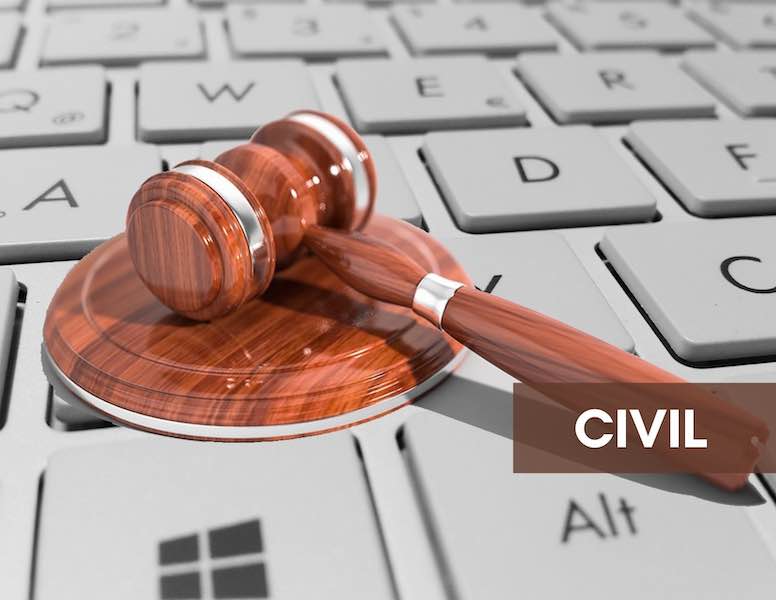Summary Judgment: A faster route to recover your debt?
by Low Henn Xhen ~ 25 April 2022
Introduction
More often than not, we are left with no choice but to initiate legal proceedings to recover monies that are owed to us. While these proceedings are often costly and time consuming, the silver lining of this is that there exists the option to have the case disposed of quickly (without going to trial). This is known as an application for a Summary Judgment.
Summary Judgment under Rules of Court 2012 (“ROC”)
Summary Judgment is generally provided under Order 14 and Order 81 of the ROC.
Several prerequisites to be fulfilled before a summary judgment application can be made under Order 14 are:
i. The Statement of Claim has been served on the Defendant;
ii. The Defendant had entered an Appearance; and
iii. Order 14 does not apply to amongst others, a claim for libel, slander, malicious prosecutions, false imprisonment or a claim based on allegations of fraud.
One should also take note that Order 14 does not apply to an action where Order 81 applies. Summary judgment under Order 81 applies specifically to the following situation:
i. Specific performance of an agreement for the sale, purchase or exchange of any property, or for the grant or assignment of a lease of any property, with or without an alternative claim for damages.
ii. For the rescission of such an agreement; or
iii. For the forfeiture or return of any deposit made under such an agreement.
An application for summary judgment under Order 81 can be made even if the Defendant has not entered an appearance.
The principle governing the application of Order 14 and Order 81 is found in Mawar Awal (M) Sdn Bhd v Kepong Management Sdn Bhd & Anor [2005] 6 MLJ 132 where the High Court stated the following:
“[15] Order 81 of the RHC relates to the procedure for summary judgment … It has the same procedural objective as Order 14 of the RHC in that it provides for a speedy mechanism for obtaining summary judgment without proceeding to a trial …”
Application of Summary Judgment in Legal Precedents
It is trite that a summary judgment application shall only be allowed in a plain and straightforward case where the Defendant has no defence. The Court would dismiss the application if there is an issue which should be tried by the court (a triable issue) or if there are some other matters in the dispute that ought to be investigated by the court.
The application of summary judgment is illustrated in the landmark case of Bank Negara Malaysia v Mohd Ismail & Ors [1992] 1 MLJ 400 where it was reaffirmed that a summary judgment shall only be granted in a plain and straightforward case.
The Court of Appeal in Woolley Development Sdn Bhd v Mikien Sdn Bhd [2008] 1 MLJ 585 also states that the party applying for a summary judgment would need to show the court that he is prima facie entitled to the said summary judgment:
“[46] The plaintiff in a summary judgment application first needs to establish a prima facie case that ‘he is entitled to judgment’. The burden then shifts to the defendant to satisfy the court why judgment should not be given against him …”
The above principle was also applied by the High Court in the recent case of Tunas Gagah Sdn Bhd v Ramly Bin Zahari [2018] 1 LNS 1297. The High Court further reiterated that:
“[27] … this Court must determine “whether there are triable issues which would defeat the Plaintiff’s assertion that the case is suitable for summary disposal.”
Hence, it is clear that a summary judgement application shall only be allowed by the court in a straightforward case where the Defendant is not able to show any triable issue or circumstances that warrant a trial by the court.
Resisting a Summary Judgment Application
As was mentioned above, summary judgment ought not to be given if the Defendant is able to show that there is a triable issue in the dispute. What amounts to a triable issue may vary on a case-to-case basis.
The High Court in the case of Tunas Gagah Sdn Bhd also stated that:
“[19] … that a complete defence need not be shown. The defence set up need only show that there is a triable issue.
…
[27] … where a defendant shows that he has a fair case for a defence or reasonable grounds for setting up a defence or even a fair probability that he has a bona fide defence, he ought to be given leave to defend.”
The Court of Appeal in UNP Plywood Sdn Bhd v HSBC Bank Malaysia Berhad [2010] 5 MLJ 323 cited the High Court case of Syarikat Kerjasama Serbaguna Tunas Muda Sungai Ara v Ghazali Bin Ibrahim [1985] 2 MLJ 225 as follows:
“[36] … This simply means that it is for the defendant to show on merits, he has a good defence to the claim, or that a difficult point of law is involved, or the dispute is as to the fact which is to be tried or any other circumstances showing reasonable ground of a bona fide defence.”
The High Court in the recent case of Pustaka Yakin Pelajar Sdn Bhd v Penerbitan Inspirasi Sdn Bhd [2021] 10 MLJ 79 cited Bank Negara Malaysia v Mohd Ismail in stating that to determine whether or not a triable issue exists, the court would only need to look at the Defendant’s affidavit, and must be satisfied that there are inherently probable disputes which would thus render the issue triable.
However, if a Defendant is not able to show any triable issue, a summary judgment application can also be resisted if the Defendant is able to show that there are matters and/or circumstances which ought to be investigated by the court.
Megarry J in the landmark case of Miles v Bull [1968] 3 All ER 632 enunciated that:
“There are cases where the plaintiff ought to be put to strict proof of his claim, and exposed to the full investigation possible at a trial; and in such cases it would, in my judgment, be wrong to enter summary judgment for the plaintiff.”
This position has been affirmed by the Federal Court in United Merchant Finance Bhd v Majlis Agama Islam Negeri Johor [1999] 1 MLJ 657 where an appeal against a summary judgment was allowed on the ground that there are circumstances to show that ‘there ought for some reason to be a trial’.
As such, a court will not exercise its discretionary power to grant a summary judgment so long as the Defendant is able to show the court that a triable issue exists or that there are circumstances that ought to be investigated by the court.
Conclusion
While a summary judgment is a faster way to obtain judgment against a Defendant, more often than not, the judgment obtained is not enough in reclaiming the relief sought in the case, i.e. monies.
The Plaintiff will usually have to go through the hassle of executing the judgment via various modes of execution in the event that the Defendant chooses not to comply with and/or ignores the summary judgment obtained against him.

